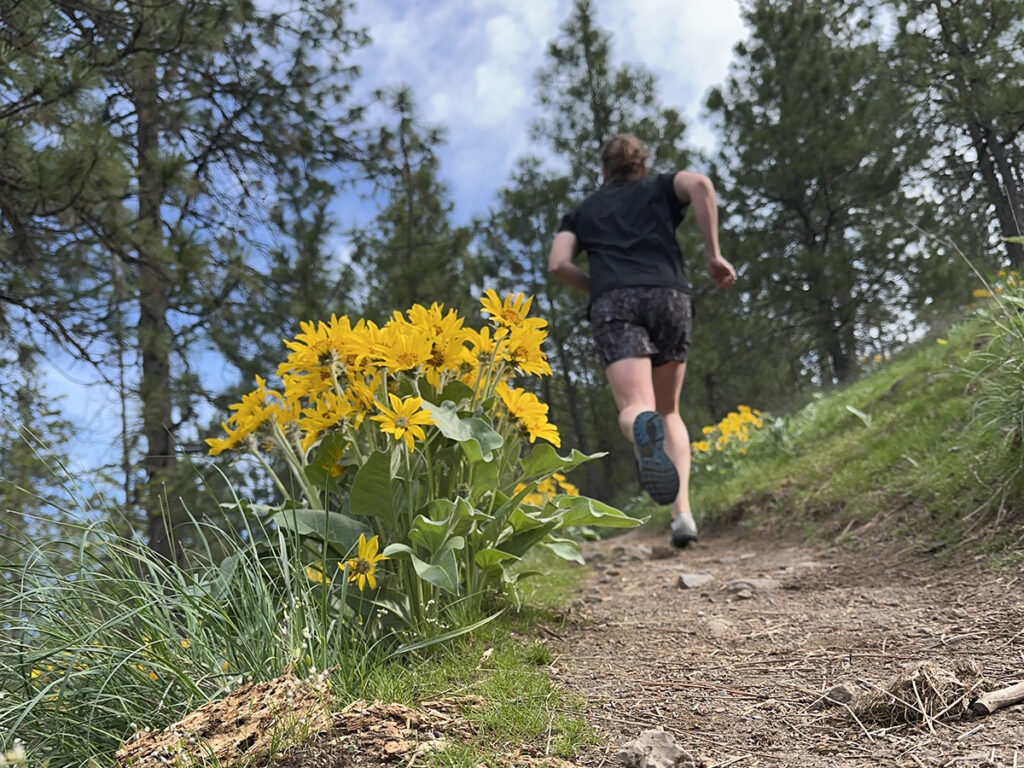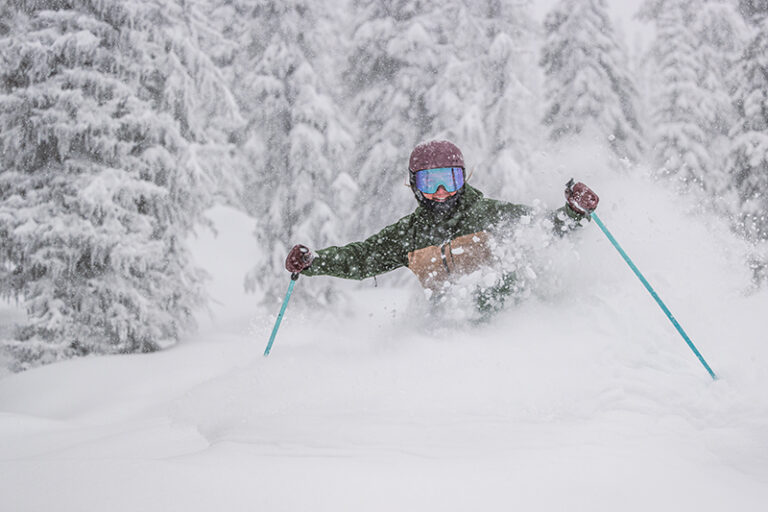Cover photo courtesy of The Friends of the Bluff
The Good: Surprisingly few people seem to know about the 600 acres of ponderosa forests and bunchgrass meadows that border the western edge of Spokane’s South Hill. With about 20 miles of trails, 500 feet of elevation gain, sweeping views of the western sky, and no horses or motorized vehicles, the High Drive Bluff is the perfect place for a trail run, mountain biking, or a leisurely nature walk.
The Bad: Despite its size, the Bluff has very limited public access. There are 12 pull-offs along High Drive between 22nd and 40th Ave, but there isn’t a single parking lot along the southeast or western borders. This leads to longer drives for those living west of I-195, less access along Hangman Creek, and fewer safe trails for those with limited mobility.

Once you manage to find a trailhead, the next challenge is deciding which way to go. Even people who visit the Bluff daily often find themselves doubling back or scrambling up a questionable trail after missing their usual turn. Despite decades of use, the trails were unmapped and nameless until roughly five years ago. A joint effort between Friends of the Bluff and Spokane Parks and Recreation led to an official map in 2020 and the installation of interpretive signs earlier this year (download the map at Friendsofthebluff.org/about).
The steep slope, narrow trails, and constant erosion make passing difficult, even for the most courteous recreationalists. Ongoing trail maintenance by Friends of the Bluff, Washington Trails Association, and Evergreen East has helped, especially on the north end, but the Bluff’s sandy soil makes trail work a never-ending task.
On top of all that, poor trail etiquette undoubtedly contributes to the Bluff’s intimidating image. Most trail users are considerate, but there are still frequent complaints of off-leash dogs and high-speed cyclists whipping around blind corners. The Bluff may seem like a great location for both activities, but they pose a significant risk to wildlife and other trail users.

The Opportunities: So what can be done to afford more people the opportunity to experience everything the Bluff has to offer? Friends of the Bluff, the 501c3 organization that stewards the area, has sought to address this question ever since it formed in 2012. In the time since then, the organization and its volunteer base have performed countless hours of trail work, wildfire mitigation, and habitat restoration.
Most recently, efforts to expand public access have led to three new interpretive signs and permanent access at the base of the Bluff through the Qualchan Golf Course. The organization also hopes to install stairs at a trailhead near the 43rd and Hatch intersection and improve parking and creek-side access in Campion Park within the next year.
The Friends of the Bluff aims to make the Bluff more accessible than ever in 2025, but the small, volunteer-run organization needs all the help it can get. If you’re interested in volunteering or visiting the area, learn more at Friendsofthebluff.org.
Sponsored













